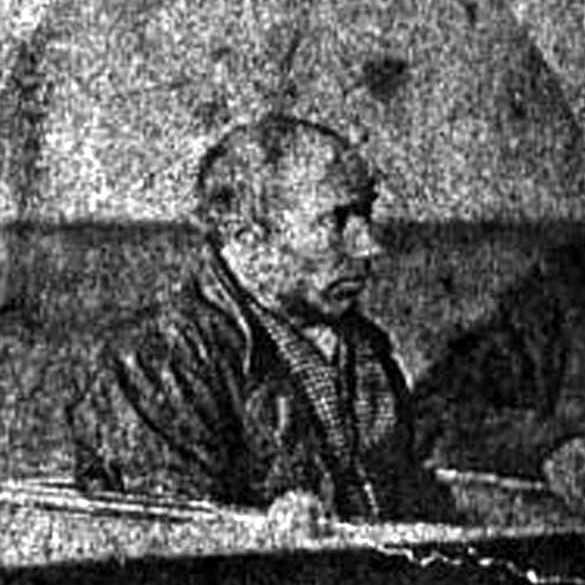
d: 1872
John Kewish Jr.
Summary
Name:
John Kewish Jr.Years Active:
1872Status:
ExecutedClass:
MurdererVictims:
1Method:
StabbingDeath:
August 01, 1872Nationality:
Isle of Man
d: 1872
John Kewish Jr.
Summary: Murderer
Name:
John Kewish Jr.Status:
ExecutedVictims:
1Method:
StabbingNationality:
Isle of ManDeath:
August 01, 1872Years Active:
1872bio
John Kewish Jr. lived most of his life on the Isle of Man, residing with his elderly parents on a family farm near Castletown. He was the eldest of seven siblings and remained unmarried well into adulthood. By all accounts, Kewish Jr. had limited education and intelligence. Community members and later physicians described him as simple-minded or mentally disabled, indicating he may have had cognitive impairments that affected his comprehension and reasoning.
Despite his disabilities, Kewish had some history of minor crime of sheep stealing, which was recorded before his eventual murder charge. Though it’s unclear whether these earlier acts were out of necessity, malice, or confusion, they contributed to the suspicion surrounding him when his father was later found dead. At the time of the incident, Kewish was living with both parents, helping on the farm.
murder story
On the evening of 28 March 1872, tragedy struck the quiet Kewish household. John Kewish Sr. was found dead in his home by his wife, Mary Kewish, and a family neighbor. Rather than contacting authorities immediately, the family washed and moved the body, preparing it for burial. It was not until 30 March that police were contacted, a delay that raised immediate concerns.
A police doctor examined the body on 31 March and noted six wounds, four on the back and two on the chest, which he attributed to three thrusts from a small pitchfork. The unusual wounds suggested violence, and suspicions quickly turned to the son, John Kewish Jr., especially after his brother Thomas disclosed the frequent arguments between the father and son.
Kewish Jr. was arrested shortly after and charged with patricide. He was brought to trial, but his legal ordeal would be far from straightforward.
In the first trial, Kewish claimed he had not committed the crime, offering no substantial defense. The jury deliberated for 14 hours but could not reach a verdict. A mistrial was declared when the jury foreman fell ill, and a second trial was ordered. Several jurors later revealed that a majority, seven of the twelve, believed Kewish was either innocent or too mentally disabled to be held accountable.
In the second trial, Kewish’s defense introduced a new argument: not guilty by reason of insanity. They submitted medical evaluations indicating that Kewish lacked the cognitive ability to understand the moral weight of his actions. A physician backed this claim, stating that Kewish's mind was incapable of comprehending “the moral turpitude” of murder.
Despite this, the jury deliberated for just one hour before convicting him. The presiding deemster, William Drinkwater, had no choice under Manx law but to sentence him to death by hanging.
Following the verdict, a wave of appeals and petitions emerged. Jurors from the first trial, physicians, and community members all submitted sworn statements urging clemency. Some believed Kewish had not committed the murder, while others believed his mental state should exempt him from execution.
John Kewish himself gave contradictory statements. At times he proclaimed innocence, asking for a full pardon. In other moments, he allegedly confessed, saying he had accidentally shot his father and hid the weapon in the thatch of an outhouse roof. A bird gun was indeed later found in the spot he described. However, the murder had originally been linked to a pitchfork, which had never been clearly identified or recovered.
The final decision lay with the Home Secretary in London, who advised Queen Victoria against granting clemency. He argued that the crime was premeditated and driven by greed, and noted that neither the jury nor the judge had recommended mercy. Reluctantly, Queen Victoria authorized the execution, though she expressed personal doubt and displeasure over the legal requirement for her intervention.
Even on the Isle of Man, there was hesitance. Local craftsmen initially refused to build the gallows, and no local executioner could be found. Ultimately, William Calcraft, one of Britain’s most experienced hangmen, was brought in from England.
On 1 August 1872, John Kewish Jr. was hanged at Castle Rushen, in Castletown. It was a non-public execution, the only one of its kind under Manx law. He was buried within the castle grounds.